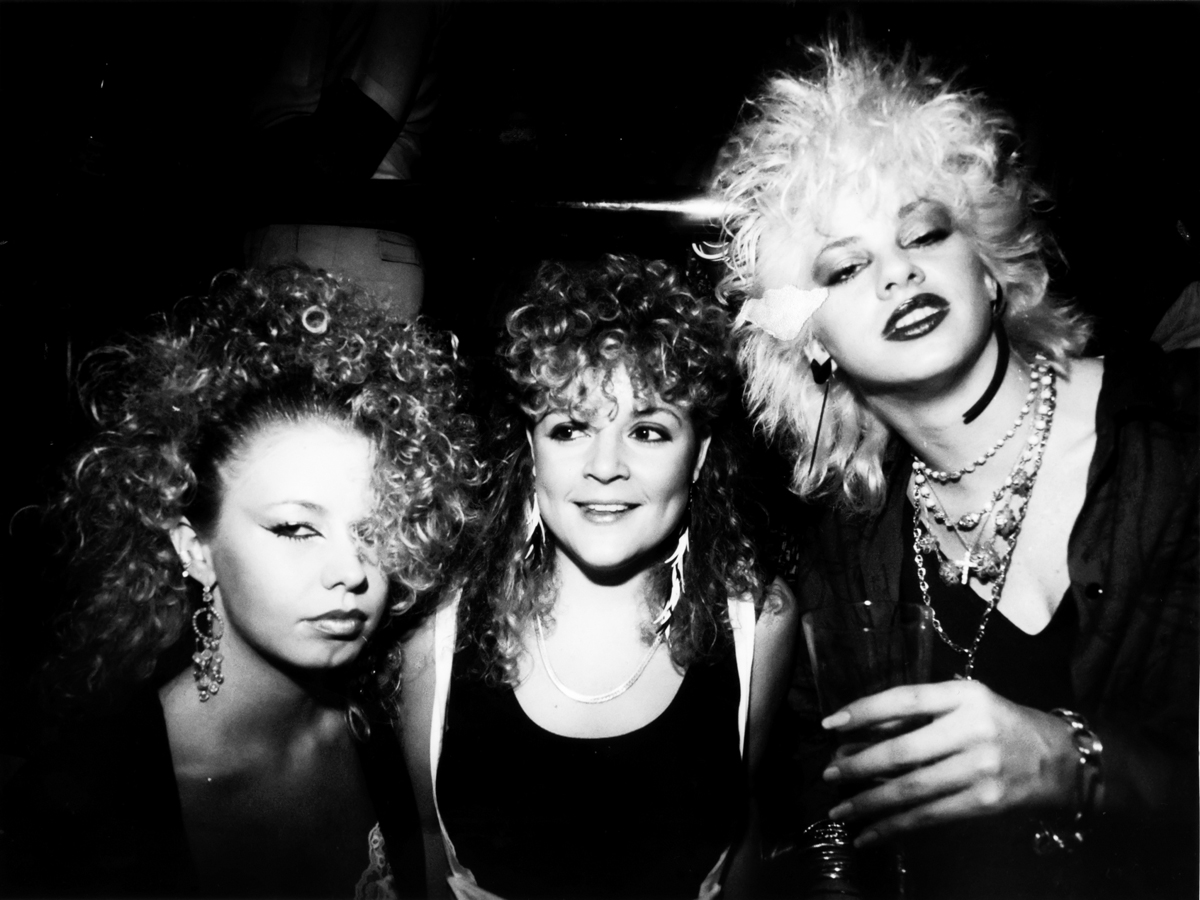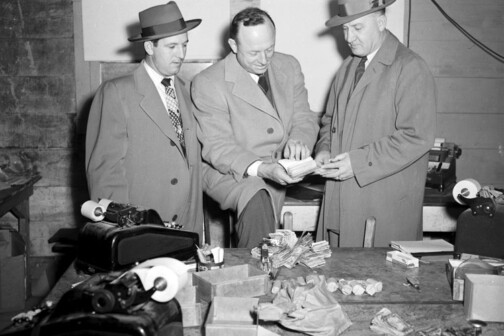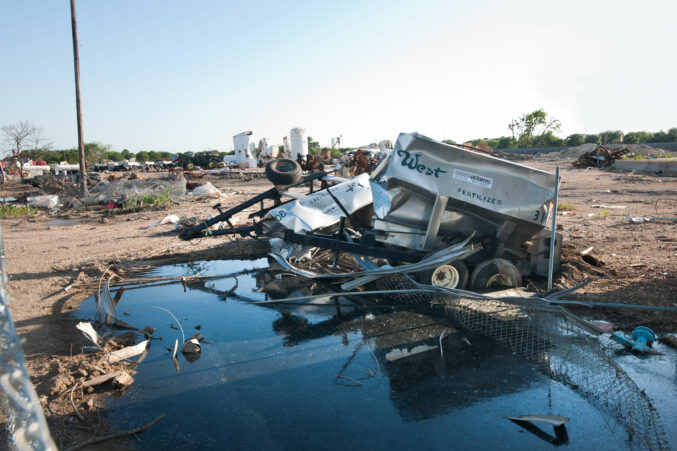New York City had Studio 54, London had the Hippodrome, and Dallas had The Starck Club.
The West End venue, named for its Parisian designer Philippe Starck, defined the nightlife scene in Dallas throughout the 80s and reveled in the excesses of the decadent decade, powered by a new and curious drug called ecstasy. DJ Mark Ridlen says there’s more to The Starck Club than meets history’s narrow eye, a cultural touchstone that meant far more than the unchecked libido of the clubgoers.
“All they talk about is the drug busts, ‘Who shot J.R.?,’ and the 80s but you’ve never seen a club with such an eclectic lineup over the years whether it was a band, fashion shows, plays, performance art,” Ridlen says. “You name it. They had it.”
The Kessler is bringing back The Starck Club for its 40th anniversary reunion by transforming into the venue for five hours on Sunday May 12 into a new version of the influential Dallas nightclub. Kessler Artistic Director Jeff Liles said the event sold quickly: it took less than a week to sell out. It is not dissimilar to the venue’s tribute to the long-gone Video Bar, a room that was influential in the avant-garde scene of the 1980s.
“We love paying homage to the venues that made Dallas culture what it was,” Liles says. “It was happening right at the same time as the emergence of the Deep Ellum scene.”
Club founder Blake Woodall opened his vision of a hip, technology-filled nightlife spot in 1984 under a Woodall Rodgers overpass near the West End in a converted warehouse space. The first official show for the club’s investors brought Grace Jones and Fleetwood Mac’s Stevie Nicks to its stage.
They were the first of many celebrities to walk through its doors, early adopters before Rob Lowe and Princess Stephanie of Monaco. Talking Heads’ David Byrne dropped in while in town to film his movie True Stories. Members of the famed Brat Pack who starred in movies like The Breakfast Club and Pretty in Pink spent evenings there. Prince even hosted an after party at Starck one night that went “well into the morning,” according to David Hynds, who ran the club’s video and art department with his then wife, Suzie Riddle.
Word of mouth spread mostly by hairdressers to their clients helped build the club’s reputation as a fashion hot spot for the late-night partier. The Starck Club’s popularity started with some exclusivity but eventually, it wasn’t a place where you had to argue with a bouncer to convince them you were important enough to go past the velvet rope.
“Initially, it seemed to have an upper-end feel to it but as time went on, we attracted a much broader range of customers,” Hynds says. “Part of the design and desire was to have a complete mix of all spectrums of people.”
The space wasn’t just used for live music, dancing, and the occasional hit of what we now call Molly. The Starck Club was one giant canvas that a got a new coat of paint every evening.
“We had these funky theme parties,” Ridlen says. “We would make it look like a grocery store or we would make it look like a rodeo. We’d have these fun themes with appropriate music. We’d always have video exhibits, people showing their art videos. We had events just for that.”
The club’s first theme party took on the psychedelic. Hynds asked Ridlen if he would create a band that fit its far-out theme. Ridlen’s band was named Lithium X-Mas and the group stayed together long after the club’s closing.
“It was only meant to be a one-time deal but a few months down the road, they decided they would carry it forward under that name,” Hynds says.
The Starck Club served as a kind of zeitgeist thermometer for its time that reflected changing trends and new sounds.
“It was the beginning of the DJ culture in Dallas,” Liles says.
The events on the club’s calendar weren’t just concerts. The Starck Club would host fashion shows, plays, and all kinds of performance art.
“It was a hotbed of all kinds of just really cool activities under one roof,” Ridlen says. “You would come and see that and then, of course, stick around the music.”
No ideas was too off the wall for the Starck Club. Hynds had everyone on the staff pitch ideas for shows, theme nights, and artistic expressions.
“One of the things we did was a furniture fashion show,” Hynds says. “It had the basic design of a fashion show instead of clothing, we had people dressed as furniture movers bringing up furniture. Me and Suzie and [Greg Snyodis] from Lithium X-Mas had the idea of doing a band but instead of audio or music, it was visual. Instead of musical instruments, we used visual instruments.”
So no recreation of the Starck Club would be complete without a reconstruction of its eclectic style. Camron Ware, the owner and founder of Lightware Labs who provided the visual tech for The Kessler’s recreation of the Video Bar, will work with Hines to turn the Kessler into a visual recreation of the Starck Club.
“It’s going to feel like it’s all really immersive when you come in,” Liles says. “There’s going to be a red carpet and everything. We’re really gonna trick out The Kessler that night.”
The Kessler turns into the Starck Club for one night only, from 6 p.m. to 11 p.m. on May 12. Tickets are sold out, but keep your eye on this page. 1230 W. Davis St.
Author







